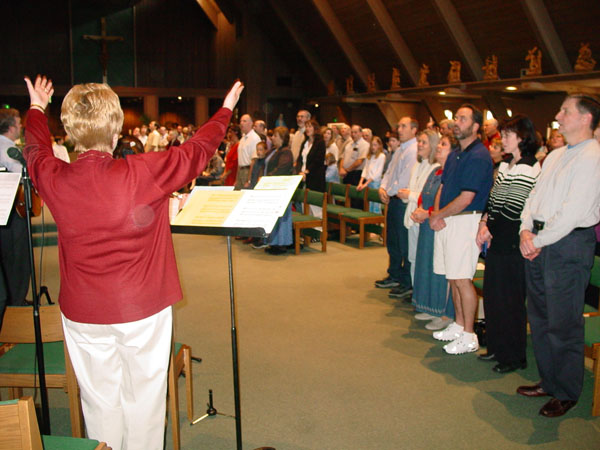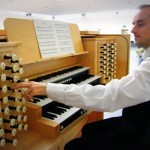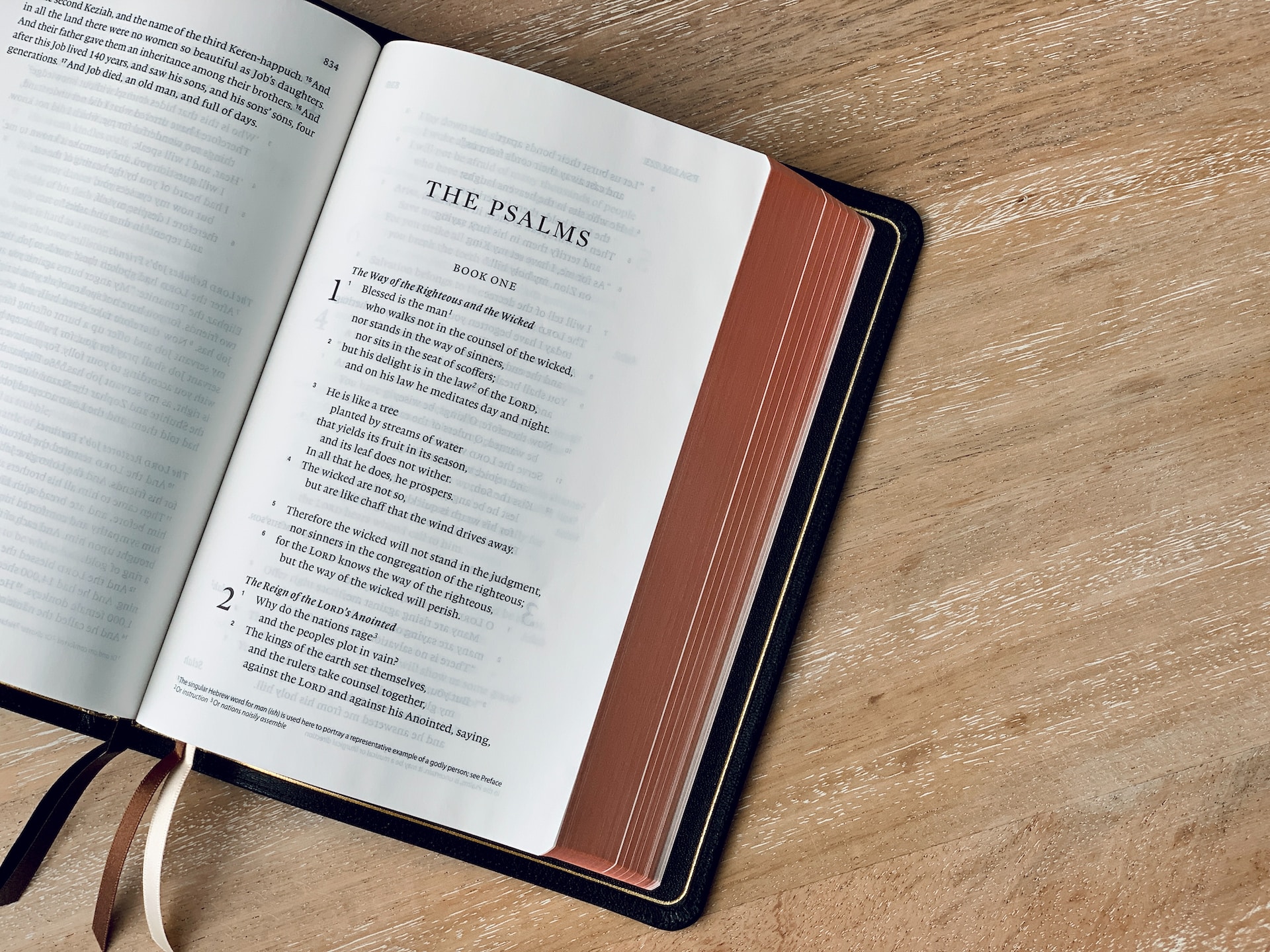
This post is a summary of a workshop given at the Society of St Gregory Summer School 2015
How can you start to sing the psalms if you have limited musical resources or a congregation reluctant to try new music? There’s a new psalm to learn every week!
The Lectionary does give us options. But before we get to that, why do we sing the responsorial psalm anyway? And why do we call it “responsorial”?
The place of the psalm
The General Instruction of the Roman Missal has the answer in section 61:
After the First Reading comes the responsorial Psalm, which is an integral part of the Liturgy of the Word and holds great liturgical and pastoral importance, because it fosters meditation on the word of God. The responsorial Psalm should correspond to each reading and should, as a rule, be taken from the Lectionary. It is preferable that the responsorial Psalm be sung, at least as far as the people’s response is concerned. Hence, the psalmist, or the cantor of the Psalm, sings the verses of the Psalm from the ambo or another suitable place. The entire congregation remains seated and listens but, as a rule, takes part by singing the response, except when the Psalm is sung straight through without a response. If the Psalm cannot be sung, then it should be recited in such a way that it is particularly suited to fostering meditation on the word of God.
Celebrating the Mass says
The responsorial Psalm follows the First Reading and is an integral part of the Liturgy of the Word. After hearing and taking to heart God’s word, the assembly responds with words which are themselves God-given. This response, the Psalm, holds great liturgical and pastoral importance because by this use of the word of God meditation, on the word of God is fostered.
The psalms have been used to give prayerful expression to the faith and feelings of God’s people over the centuries. They were used by Christ himself in prayer. In these words of wonder and praise, repentance and sorrow, hope and trust, or joy and exultation, the Church now responds to God’s word. The psalms in the Lectionary have been selected to help the assembly to meditate on and respond to the word that has just been proclaimed.
The responsorial psalm is not (just) responsorial because it has a response for the congregation, it is our response to what we have heard in the first reading and will hear in the Gospel. When the Lectionary was revised in the 1960s, the authors chose Gospels, Old Testament readings and psalms that link together. Sometimes the Gospel directly quotes from the Old Testament, the themes are the same or the Gospel reinterprets the first reading in the light of Christ’s new promise. The psalm is our response to hearing God’s word – all of it, Old and New Testament alike. It directs our minds and prepares us to celebrate the Liturgy of the Eucharist.
The Journey of the Word
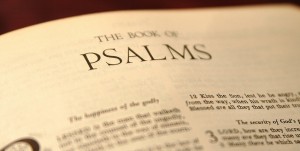 As a psalmist, read all of the readings first and try and find the links between them. Ask yourself who Christ is in the Gospel and what is he doing? Who are the other people in the story and what are they doing? In the first reading, what is God doing? Who are the other people in the story and what are they doing? Who are you? Do you empathise with Christ and what he is saying and feeling, the other people in the story (maybe they are the disciples, the people of Israel, the establishment, the evil people), or both?
As a psalmist, read all of the readings first and try and find the links between them. Ask yourself who Christ is in the Gospel and what is he doing? Who are the other people in the story and what are they doing? In the first reading, what is God doing? Who are the other people in the story and what are they doing? Who are you? Do you empathise with Christ and what he is saying and feeling, the other people in the story (maybe they are the disciples, the people of Israel, the establishment, the evil people), or both?
In the Psalm, what is the relationship between God, the psalmist and “the others” in the psalm? How do we find a deeper encounter in the psalm with the God of the First Reading and the Christ of the Gospel? How do these readings focus us to celebrate the Eucharist?
It is sometimes said that “The Liturgy of the Word is a dialogue of proclamation and response with silence acting as the verb.” This highlights that the Liturgy of the Word is a dialogue – of proclamation and meditation. It isn’t one-way traffic. Silence in between the readings allows the word to settle in our minds and hearts and prepares us to receive Christ in the Eucharist.
 In this example, taken from At your Word, Lord for the First Sunday of Lent Year C, the first reading from Deuteronomy speaks of the history of Israel as a people released by God from slavery and brought to the Promised Land. During Lent those preparing for baptism at Easter will make a similar journey, from slavery to sin to new life in Christ, and we are all invited to accompany them on this journey.
In this example, taken from At your Word, Lord for the First Sunday of Lent Year C, the first reading from Deuteronomy speaks of the history of Israel as a people released by God from slavery and brought to the Promised Land. During Lent those preparing for baptism at Easter will make a similar journey, from slavery to sin to new life in Christ, and we are all invited to accompany them on this journey.
The psalm for this Sunday – Be with me, O Lord, in my distress – is a song of confidence in God’s care as we set out on this journey. The second reading from Romans affirms the importance of this faith. The Gospel is Luke’s account of Jesus’s temptations in the wilderness, and how he responded to each with his faith and the teaching of scripture. What connects all of these readings is the way that they engage us with something of the season of Lent. They remind us of what we are to be about, and call us to journey together with all the Church, to keep away from temptation and hold strong in faith.
Common Psalms
Here’s the key paragraph from GIRM:
In order that the people may be able to sing the Psalm response more readily, texts of some responses and psalms have been chosen for the various seasons of the year or for the various categories of Saints. These may be used in place of the text corresponding to the reading whenever the Psalm is sung.
These are the Common Psalms.
Around 35% of the Sunday Lectionary already consists of the psalms in the Common Psalms list (sometimes with different responses), so if you are just beginning to sing the psalms, they are an excellent starting point.
The texts are arranged according to the liturgical seasons. The intention of the compilers of the Lectionary is for communities to have a core repertoire of psalms that can be used at any occasion.
There are:-
 two psalms for Advent
two psalms for Advent- one for Christmas
- one for Epiphany
- three for Lent
- one for Holy Week
- two for the Easter Vigil
- two for the Easter season
- one for Ascension
- one for Pentecost
- nine for Ordinary Time, including one for the last weeks of Ordinary Time
Full details are given in the references (below), but you will probably recognise most of them from your Sunday worship.
In addition, there are a number of common responses for the seasons. These responses could be used in two ways: the psalmist sings the verses of the psalm of the day and all respond singing the common response or a reader proclaims the verses of the psalm of the day and all sing the common response.
Choosing your common psalm
Psalms are often a conversation between the psalmist, God and “the others” – often the people of Israel or the wicked who oppose the psalmist. There are several ways of dividing up the psalms, but they commonly fall into songs of praise or lamentation. However, many lamentation psalms change towards the end into a song of praise for God who lifts the singer from despair to freedom.
Think again about the readings and how they make you feel. Does the common psalm you have chosen for the psalm reflect these feelings? Is it too happy, or too sorrowful? How can you convey this in your singing, and in the assembly’s response?
Let’s look at that paragraph from Celebrating the Mass again:
The Psalms were used by Christ himself in prayer. In these words of wonder and praise, repentance and sorrow, hope and trust, or joy and exultation, the Church now responds to God’s word. The psalms in the Lectionary have been selected to help the assembly to meditate on and respond to the word that has just been proclaimed.
Even though the link between the psalm and the readings may seem tenuous – or non-existent – it is there for a reason. The same Lectionary is used by the whole Church. Where ever Catholics gather to celebrate Mass on a Sunday they will hear the same readings — it is a sign of our being in communion with each other, and of the Mass being not only the prayer of this local community but of the whole Church gathered together in common prayer. Would the actual psalm chosen for the Sunday be a better fit for the other readings, and so make it worth the extra effort of learning?
Is your psalm a good fit? choosing new music to use in liturgy, ask yourself whether it is a good fit:-
- musically – technically suitable for the instruments / voices / skills / assembly you have, aesthetically pleasing, of suitable quality for the worship of God?
- liturgically – meets the requirements of the rite it is accompanying? In particular here, does it reflect the verses of the psalm chosen? Does it link clearly to the other readings?
- pastorally – relevant to this assembly and this celebration, enables it to express its faith in a way meanigful to it?
If it doesn’t meet all these criteria, consider a different piece of music.
In particular, you’ll know many songs and hymns that are based on the common psalms. On eagle’s wings is a setting of one of the Lent psalms, for example. Think carefully whether these are appropriate for use as a responsorial psalm, though. They may be a better fit at other points in the liturgy, such as communion.
Once you’ve decided to use a common psalm and picked the one to use, start with that setting over a number of weeks or a season to allow the psalmist to gain confidence and for the community to get to know a particular psalm and be able to sing from their hearts.
The short seasons of Advent and Lent (up to the 5th Sunday of Lent) particularly lend themselves to this approach. A common psalm can help to reinforce the nature of the season.
Other uses of the common psalms
Usage of psalmody is not just restricted to the responsorial psalm. Psalmody is the song of the Church, and could be used in many places where there are processions, including the entrance and reception of communion.
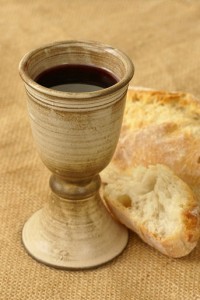 The common psalm Taste and See might be useful during the sequence of readings in Year B from John’s Gospel about the bread of life.
The common psalm Taste and See might be useful during the sequence of readings in Year B from John’s Gospel about the bread of life.
The verses of the Advent psalm To you, O Lord, I lift up my soul mention being led in the ways of the Lord, so may be useful for themes of guidance and needing to find new direction.
The Lent psalm Have mercy on us, Lord, for we have sinned could be used at reconciliation services, or interspersed with intercessions in an examination of conscience.
The Pentecost psalm Send forth your spirit, O Lord, and renew the face of the earth refers to the power of God to change the world, so could be used for themes of mission, discipleship and sending out, or at a confirmation Mass.
The psalm The Lord is my light is well known for its usage at funerals as it mentions living in the house of the Lord for ever, but it can also be used in times of hardship or separation from God, when longing for being at one with God is a powerful urge. Another of the Lent psalms, Be with me, Lord, in my distress, refers to the protection God gives to those who need it.
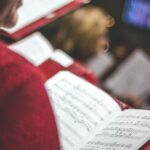 The ordinary time psalm for the last weeks of the year – I rejoice when I heard them say, Let us go to the house of the Lord – could be used as an entrance chant on many Sundays in ordinary time. The Easter psalm This day was made by the Lord equally applies, especially during Eastertide.
The ordinary time psalm for the last weeks of the year – I rejoice when I heard them say, Let us go to the house of the Lord – could be used as an entrance chant on many Sundays in ordinary time. The Easter psalm This day was made by the Lord equally applies, especially during Eastertide.
You could pair some of the common psalms with Taize responses for prayerful personal or group meditation. For example, Bless the Lord my soul … who leads me into life could be used with To you, O Lord, I lift up my soul for the reasons mentioned above. Confitemini Domino (Praise the Lord who is good) could be paired with The Lord is compassion and love.
How do we start using common psalms?
Celebrating the Mass has some examples:
The common responsorial Psalms, and responses provided in the Lectionary for various seasons and days, may be used instead of the one assigned for the day, if that choice would facilitate sung participation.
But if other ways of singing or sharing the psalms are appropriate, such as the use of a sung response with a ‘recitation General’ of the text, these too may be used, so that the people’s participation may be facilitated by every means. Even when it is impossible to sing the psalm, it may be possible to support and enrich its recitation with instrumental music.
Psalms should always be recited in a manner conducive to meditation. The psalm should not be replaced by a non-scriptural song or text.
This paragraph gives us some useful tips on how you could structure the psalm, and different approaches to take, especially if you are starting out. Singing the response and speaking the words could be an ideal first step. Or maybe using a common response from the common psalm list and the verses of the psalm of the day.
By repeating a common psalm for a number of consecutive weeks, your assembly can get used to singing the psalm – and so can your cantor or choir. Make sure your priest agrees first, though, because he may be referring to the Sunday’s lectionary psalm in his homily! Your bishop has some responsibility for determining local adaptations in the liturgy, so you should check with your diocese what, if anything, has been agreed locally.
‘Psalms should always be recited in a manner conducive to meditation’ might seem to be at odds with suggested song settings of the texts, especially where the editors have suggested that a particular text is ‘hard’ and needs to be ‘gritty’ or ‘sung with oomph!’
Frequent psalms
If you take a look at the Sunday Lectionary (see the references below), there are also a number of other psalms that occur several times over the cycle – “frequent psalms” if you like. Learning some of these will help expand your repertoire.
Psalms in this category include The Lord’s my shepherd (Ps 22(23)), My soul give praise to the Lord (Ps 145(146)), The Lord fills the earth with his love (Ps 32(33)), I will sing forever of your love (Ps 88(89)).
Not the end of the journey
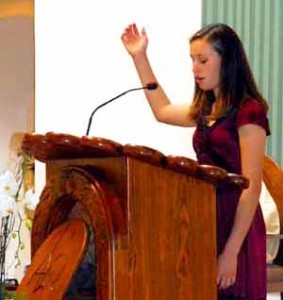 The guidance mentions that the common psalms are useful for congregations starting out with singing the psalms, but they should not be seen as an end point in the journey. There are many riches to be found in the psalms – and remember that the psalm for the day in the Lectionary was especially chosen to link with the other readings.
The guidance mentions that the common psalms are useful for congregations starting out with singing the psalms, but they should not be seen as an end point in the journey. There are many riches to be found in the psalms – and remember that the psalm for the day in the Lectionary was especially chosen to link with the other readings.
Take care to make sure that the common psalms don’t become the only choice used. You can also miss out on some very strong psalm texts which could help deepen the meditation on the word of God to a greater extent than a common psalm could do.
As a reflective minister of music, take time to think about what has worked and what hasn’t, and how you can improve your ministry. Have you evaluated the psalms you have used? Have you gathered a musical variety of psalm settings over the years that are liturgically, musically and pastorally appropriate?
References
- Psalms in the Lectionary (PDF) – A reference of psalms and where they are used in the Lectionary for Sundays and Major Feasts
- Common Psalms – Liturgy Office, Bishops’ Conference of England and Wales
- At Your Word, Lord – Section 2, including suggested musical settings
- A question of Common Psalms – Society of St Gregory
- General Instruction of the Roman Missal
- Celebrating the Mass
- Living Eucharist – Fr Allen Morris’ reflections on readings. livingeucharist.wordpress.com
- Skills for cantors: Being a psalmist
- “So great a work: Praying Psalms” – Mgr Kevin McGinnell, Music and Liturgy June 2015, SSG
- Examination of conscience – Dominicans

